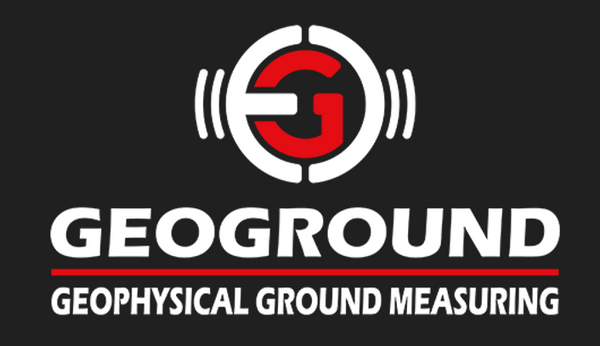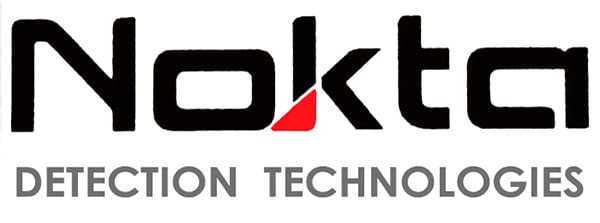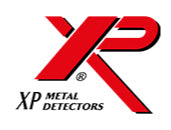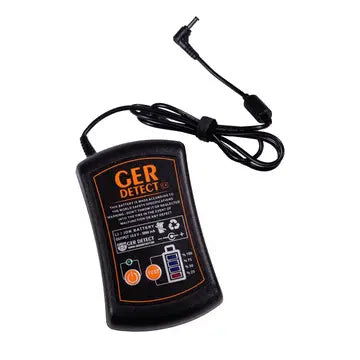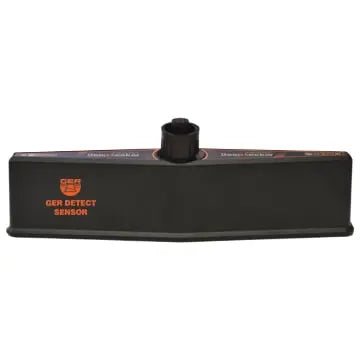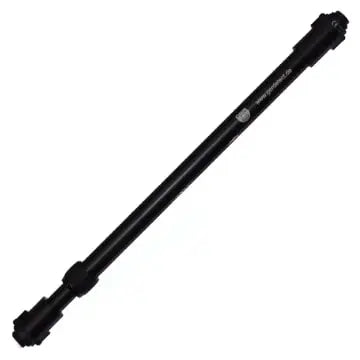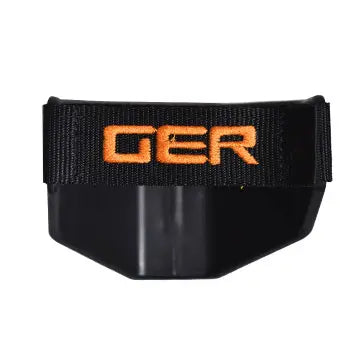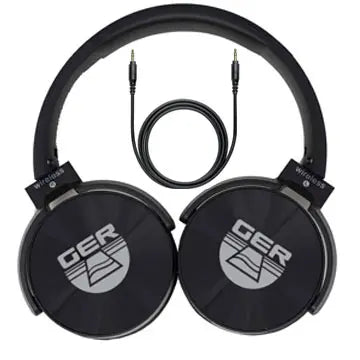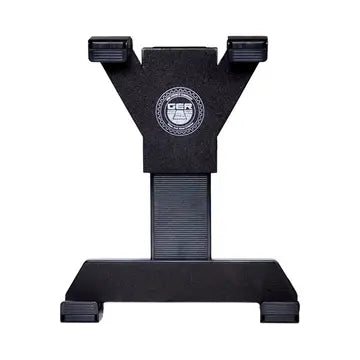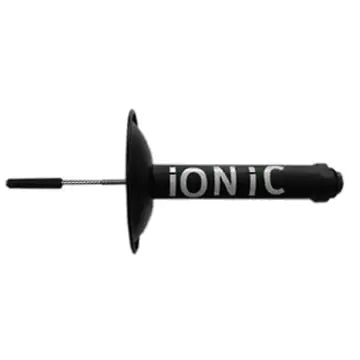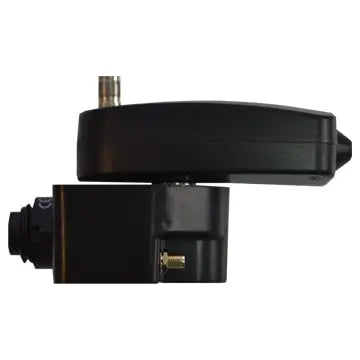GER Detect Deep Seeker Long Range Metal Detector
Depth: 40 meters
Distance: 3000 square meters
We are proud to have one of the most complete metal detection system ever seen before. This is the Titan 1000 little brother. The good news came for those looking for gold, precious metals, buried treasures, caves, and underground tunnels.
The Deep Seeker has a impressive capacity up to 3000 meters square distance and 40 meters depth.
The Geolocator DEEP SEEKER Metal Detector is a device that contains a complete search box control. 5 systems in one device.
SYSTEM 1: LONG-DISTANCE LOCATOR
When a target is detected on the screen the direction in which it is located will appear, the user will have to walk in that direction, also the user can select the type of metal or the diamond that is looking for.
SYSTEM 2: IONIC SYSTEM SEARCH FOR IONIC FIELDS
Gold, treasures, and burials over time, the effect of the soil and the emission of the North-South magnetic lines form an Ionic Field. Selecting the ionic system from your device and aiming the device will emit a sound when the target is detected, and the user walks towards the target.
SYSTEM 3: 3D IMAGING SYSTEM
The Long Range Device Deep Seeker scans the Earth’s layers and displays them in 3D images, also shows the targets detected as gold, silver, other valuable metals, treasures, and caves. This locator shows the depth at which each target is buried.
SYSTEM 4: MAGNETOMETER SYSTEM
This system allows the locator to find magnetic metals such as iron and derivatives, this system allows you to know if there is a non-precious metal buried up to 45 meters depth.
SYSTEM 5: CAVITY DETECTION SYSTEM
Inside the magnetic metal, system is another search system: Cavity Detection. If there is a cavity, the device will beep above the target with the cursor on the screen.
TECHNICAL SPECIFICATIONS:
- Deep Seeker allows users to operate two control systems: touch system and keyboard system.
- Operates in six languages: (German – English – French – Italian – Spanish – Arabic).
- Users can choose the type of soil in the search area: (natural – clay – rock – sand – mixed – or metal) for more accurate results.
- It works with a frontal range up to 3000 square meters and depth of 40 meters.
- The ability to penetrate soil layers at great depths that are difficult for other devices to reach.
- It operates in all types of terrain and in the most difficult climatic conditions. The device is not affected by types of soils and rocks.
- It has a digital compass to help users identify the north and south directions. The Setup menu contains adjust the sound, adjust the brightness of the screen, device information.
- The weight of the device with complete accessories is 11 Pounds (5 Kg)
- Two years warranty from date of purchase.
- The Deep Seeker device is one of the best German innovations with European certification according to international specifications.
- Tablet include the latest version of GER 3D Viewer Android System.
* 2 years warranty
INTERNATIONAL CUSTOMERS
Import Duties, Taxes, and charges are not included in the item price or shipping charges. These charges are the buyer responsibility.
Frequently Asked Questions (FAQ)
What is the detection depth of your metal detectors?
Our metal detectors vary in detection depth depending on the model and the type of metal being detected. Generally, our detectors can identify targets at depths ranging from a few inches to several feet. For specific models, please refer to the product specifications on our website.
Can I test my metal detector with freshly buried metals?
Freshly buried metals cannot be detected immediately. For a metal detector to sense the buried metal, it needs to disrupt the magnetic field, which requires the metal to remain underground for a certain amount of time.
What is the detection distance of your professional metal detectors?
Professional metal detectors locate metals buried for many years by detecting subtle environmental changes caused by these metals. They utilize bio-energy interaction, ionization technology, electromagnetic field detection, advanced microprocessor analysis, long-term soil disturbance detection, and sensor fusion. The longer the burial time, the easier it is to detect these metals due to more pronounced ion fields and electromagnetic signatures.
What factors affect detection capability?
Several factors can influence detection capability, including:
● Soil Conditions: Mineralization levels and moisture can impact performance.
● Target Size: Larger targets are typically detected at greater depths than smaller ones.
● Detector Settings: Adjusting sensitivity and discrimination can help optimize detection.
What are some practical testing methods for professional metal detectors?
● Field Testing in Historic Sites: Test in areas with known buried metal objects, like historical battlefields or archaeological sites (with permission).
● Using Known Buried Objects: Test in places where long-buried metals are documented, such as old farm fields or construction sites.
● Avoid Air Testing: Do not test with unburied or freshly buried metals. These detectors work by detecting ionization fields around long-buried metals, unlike hobby detectors.
● Avoid Testing Inside Structures: Testing indoors can lead to interference from numerous cables, electrical systems, and other factors that can affect the performance of professional detectors.
How do I maintain my metal detector?
To keep your metal detector in top shape:
● Clean After Use: Remove dirt and moisture from the detector, especially the coil.
● Store Properly: Keep it in a cool, dry place and avoid extreme temperatures.
● Check Batteries: Regularly check and replace batteries to ensure optimal performance.
Can I use my metal detector into the water?
Some of our metal detectors are designed for water use, while others are not. Always check the product specifications to see if your model is waterproof or submersible before using it in water.
What should I do if my metal detector isn't working properly?
If your metal detector isn't working, please follow these steps:
● Send Us a Video: First, send us a video demonstrating how you are using the detector. In 95% of cases, the issue is due to user error.
● Technical Review: Our technical team and the manufacturer will review the video to determine the cause of the issue.
● Next Steps: Based on their assessment, we will provide a solution, which may include fixing the device, replacing it, or confirming that it’s a user error.




